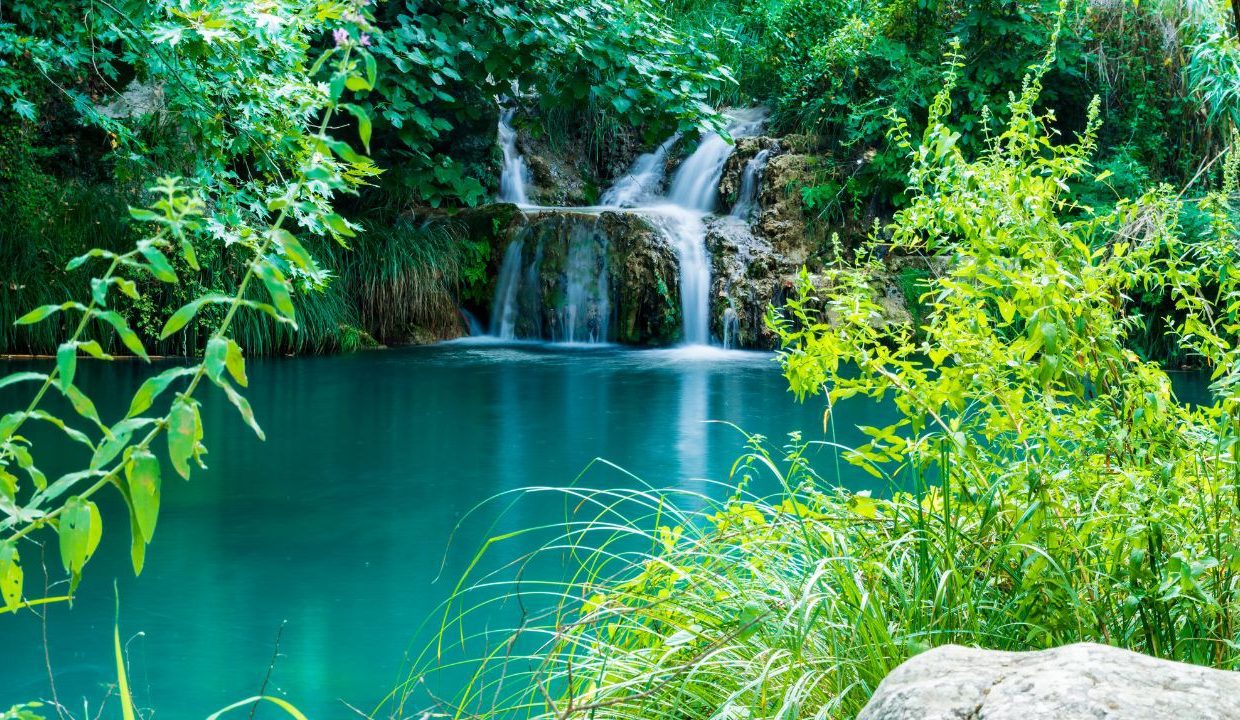
If you’re planning a trip to the Peloponnese in Greece, you won’t want to miss the breathtaking area from Pylos to Romanos. At this rich guide Pylos to Romanos you will find all you want. This region is known for its crystal-clear waters, stunning beaches, and rich cultural history. Whether you’re a beach lover or a history buff, there’s something for everyone in this gorgeous corner of Greece.
To help you make the most of your visit, we’ve put together a comprehensive guide to the best sights, activities, and hidden gems in the Pylos-Romanos area. Let’s dive in!
Palaiokastro
Situated on a rocky promontory overlooking the sea, Palaiokastro is a historic fortress that dates back to the 13th century AD. The site offers stunning views of the surrounding area and is a great spot for a picnic or a leisurely stroll. Visitors will feel transported back in time as they explore the well-preserved ruins of the fortress and imagine what life might have been like for the soldiers who once defended it.
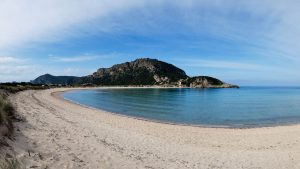
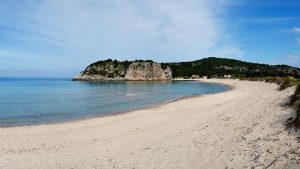
Voidokilia Beach
Voidokilia Beach is a stunning natural attraction located in the southwestern part of the Peloponnese peninsula in Greece. This horseshoe-shaped beach is famous for its crystal clear turquoise waters, fine golden sand, and pristine surroundings. The beach is surrounded by rolling hills and is accessible by a short hike from a nearby parking area.
Voidokilia Beach is popular with both locals and tourists alike, offering an ideal spot for sunbathing, swimming, and snorkeling. The shallow waters of the beach are perfect for families with children, and the tranquil surroundings make it a great spot for relaxation.
Aside from its natural beauty, Voidokilia Beach is also steeped in history and mythology. According to legend, the beach was created by the god Hermes, who was said to have left his footprint on the sand. Additionally, the beach is located near the ruins of the ancient city of Pylos, where the famous Battle of Pylos took place during the Peloponnesian War.
Overall, Voidokilia Beach is a must-see destination for those visiting the Peloponnese peninsula. Its breathtaking beauty, peaceful surroundings, and historical significance make it a truly unique and unforgettable experience.
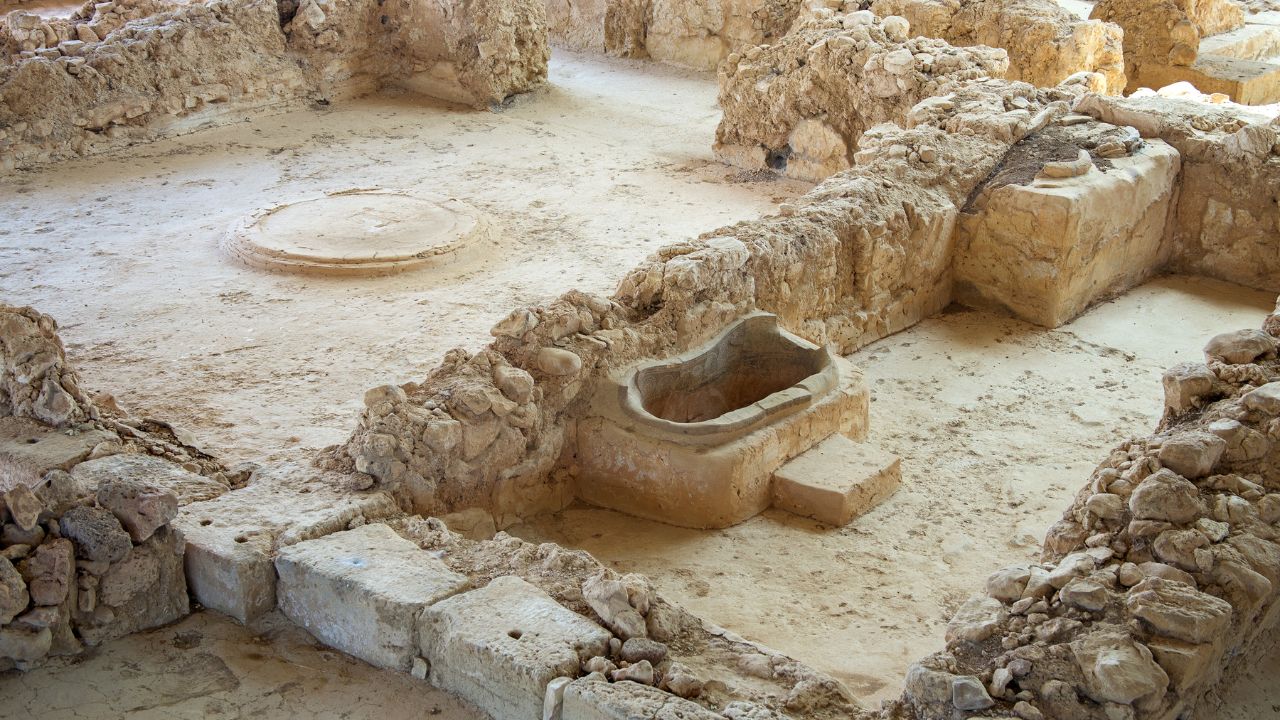
Nestor’s Palace
Nestor Palace, also known as the Palace of Nestor, is an ancient Mycenaean palace located near the village of Chora in the southwestern part of the Peloponnese peninsula. They named the palace after Nestor, a legendary king of Pylos mentioned in Homer’s epic poems. Archaeologist Carl Blegen discovered the palace in the 1930s. He excavated the site and uncovered many artifacts, including pottery, weapons, and jewelry.
Today, visitors can explore the ruins of Nestor Palace and learn about the region’s rich history and culture. The on-site museum houses many of the artifacts found at the site, including the famous Linear B tablets. Visitors can also walk through the palace complex and see the various buildings and courtyards, including the throne room and the wine cellar.
Romanos Beach
This idyllic beach is located just south of Pylos and offers clear waters and stunning views of the surrounding landscape. The beach is relatively quiet, making it the perfect place to relax and soak up the sun. There are also several beach bars in the area, where visitors can enjoy a refreshing drink or a light meal. Visitors will feel refreshed and rejuvenated as they enjoy the tranquil beauty of the beach and the warm Mediterranean sun.
Gialova Lagoon
The Lagoon of Gialova is a natural wonder in southwestern Peloponnese. It’s just a few kilometers north of Pylos. The area is protected and home to diverse flora and fauna. It’s a popular spot for nature lovers. The lagoon covers 6,000 hectares and is an important wetland in Greece. It has shallow waters that are home to flamingos, herons, pelicans, fish, crabs, and other aquatic creatures. Visitors can explore the area on foot or by bike. There are many trails and paths that wind through the marshland. Along the way, visitors can enjoy stunning views of the surrounding landscape, including nearby hills and mountains.
One of the most popular activities in the lagoon is birdwatching.
The lagoon is home to over 270 bird species, making it one of the best birdwatching destinations in Greece. The best time to visit for birdwatching is in the spring and fall, when many migratory species pass through the area. In addition to its natural beauty, the lagoon is also home to several historical sites, including the ruins of the ancient city of Pylos and the castle of Paleokastro. Visitors can explore these sites and learn about the region’s rich history and culture. Overall, the Lagoon of Gialova is a must-visit destination for anyone interested in nature, outdoor activities, or ancient history. The stunning natural beauty and rich biodiversity make it a memorable destination for visitors of all ages.
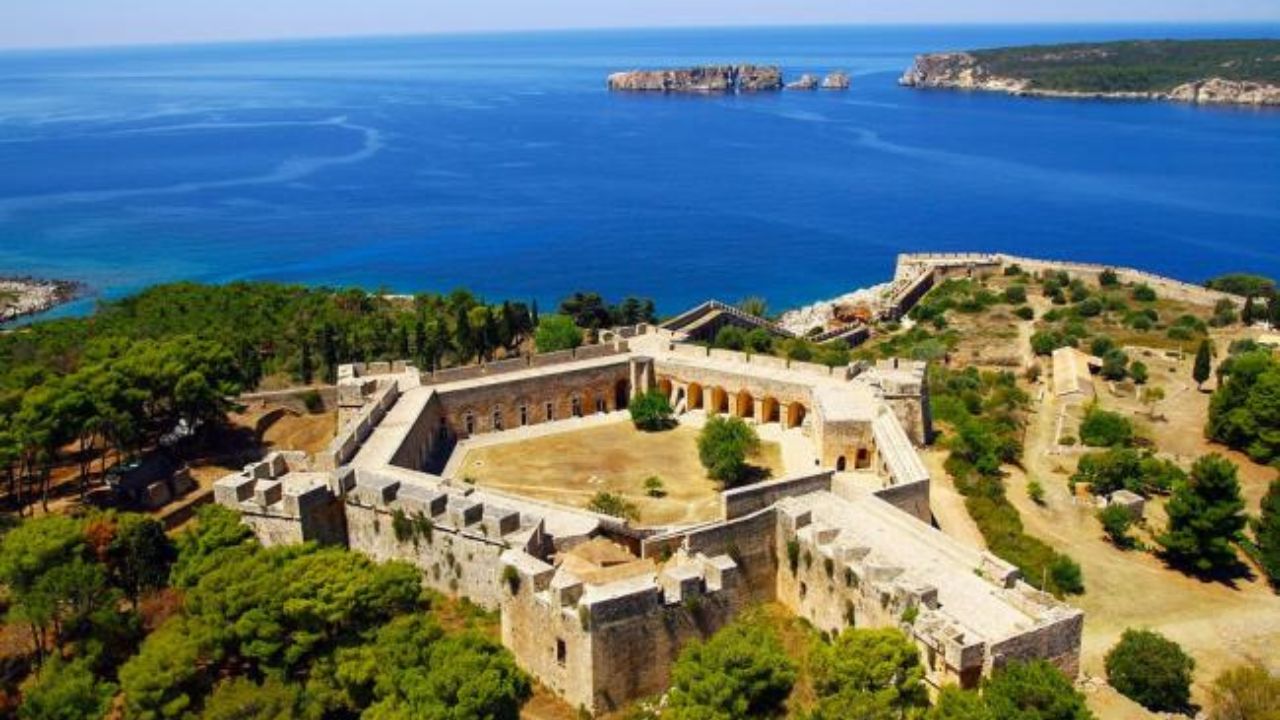
The Castle of Pylos
Also known as the Niokastro, is an impressive fortress located in the town of Pylos in the southwestern part of the Peloponnese peninsula. The Ottomans built the castle in the 16th century and used it as a military stronghold for many years. It sits on a small hill that overlooks the Bay of Navarino, and the Ottomans strategically located it there to control access to the harbor. The castle consists of several walls, towers, and gates, and covers an area of around 25,000 square meters.
One of the most impressive features of the castle is the stunning view it offers of the surrounding landscape.
From the top of the castle, visitors can see the crystal-clear waters of the bay, as well as the nearby island of Sphacteria. The castle is also surrounded by beautiful natural scenery, including olive groves and vineyards. Today, visitors can explore the ruins of the castle and learn about its rich history. The on-site museum houses many artifacts found at the site, including weapons, tools, and pottery. Visitors can also walk along the castle walls and admire the views of the bay.
Visit our website to book your villa at Messinia
Follow us on Instagram and to Facebook for beautiful pictures of the area that you can travel.
